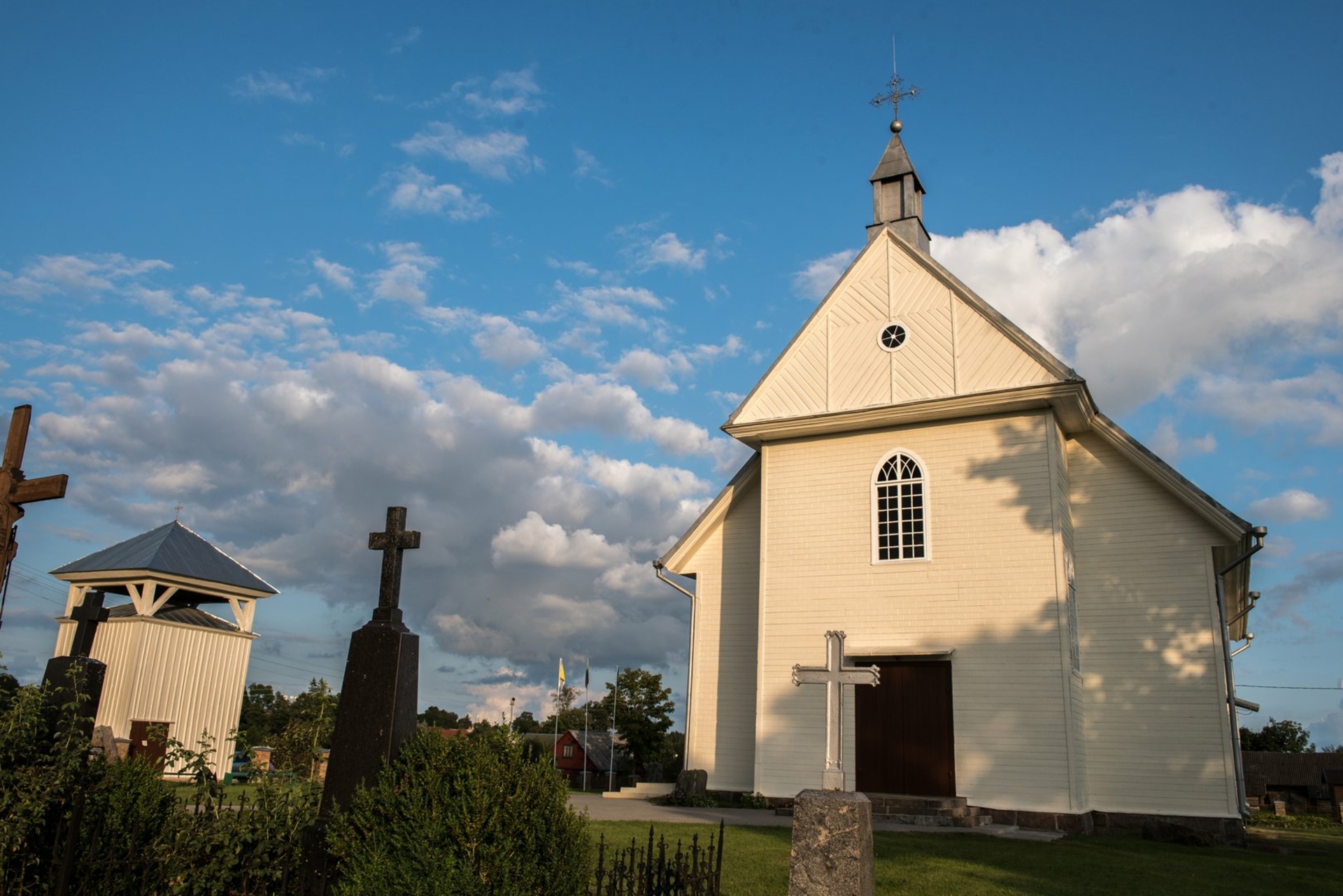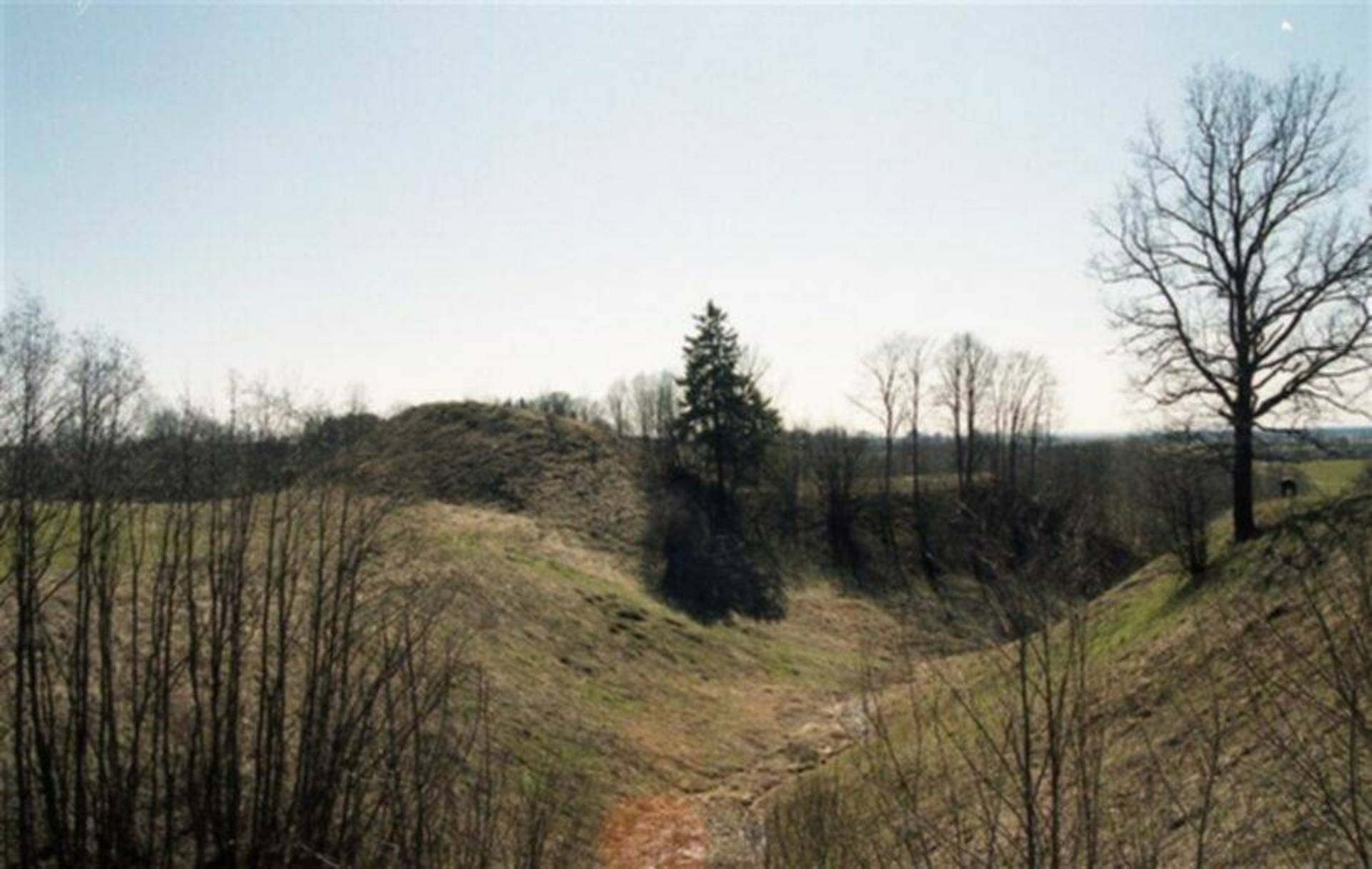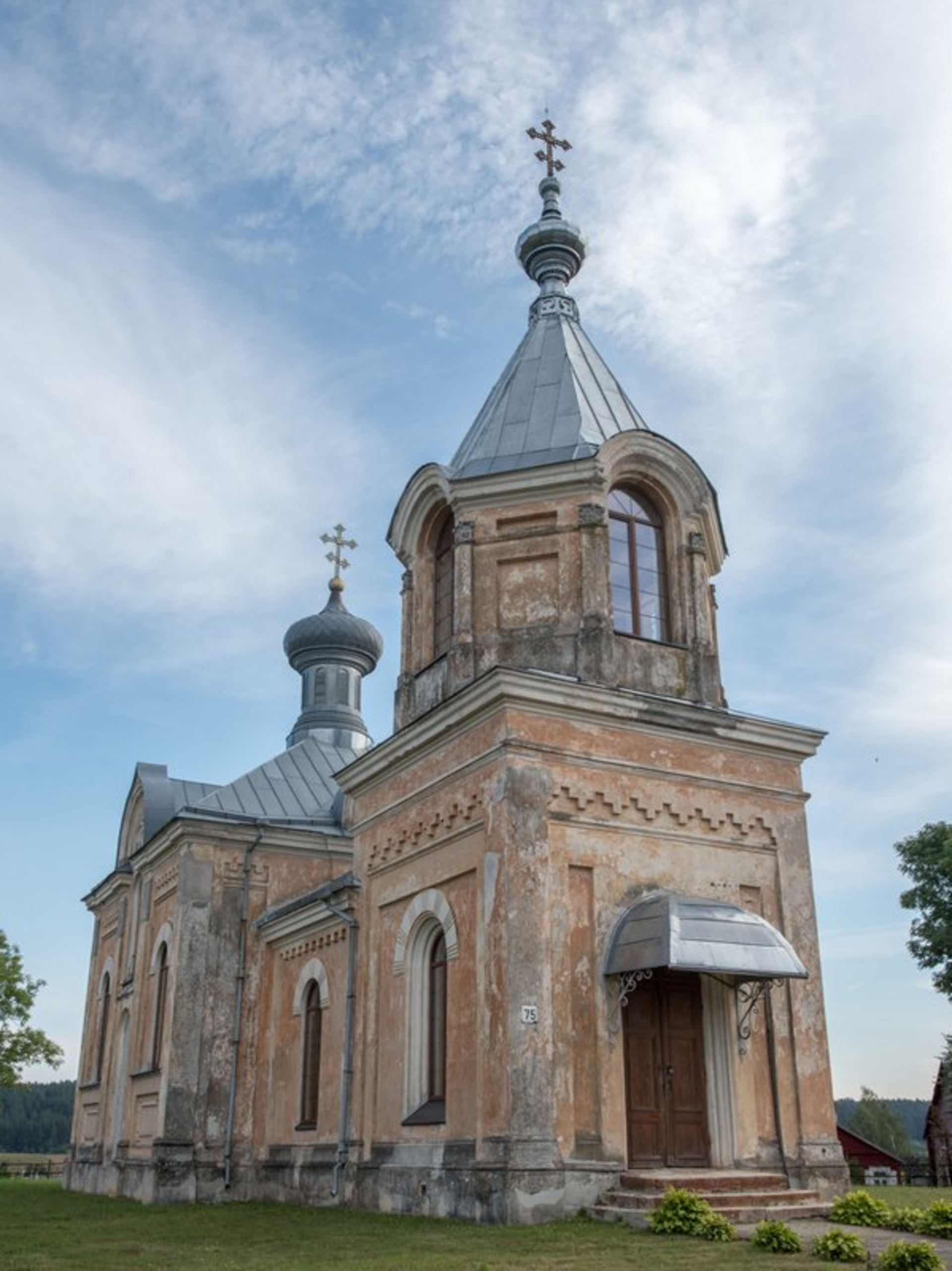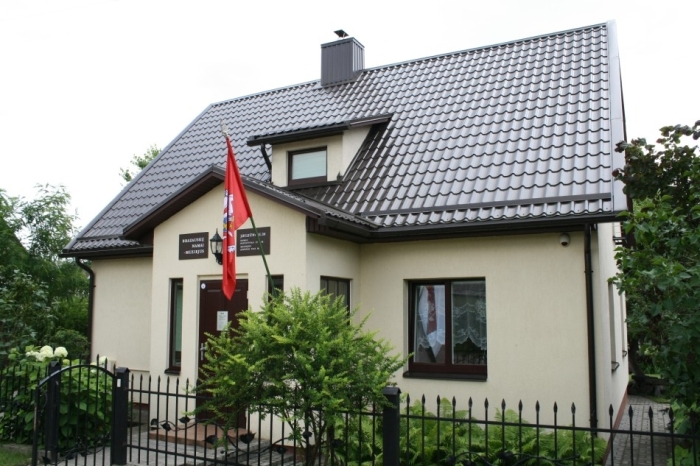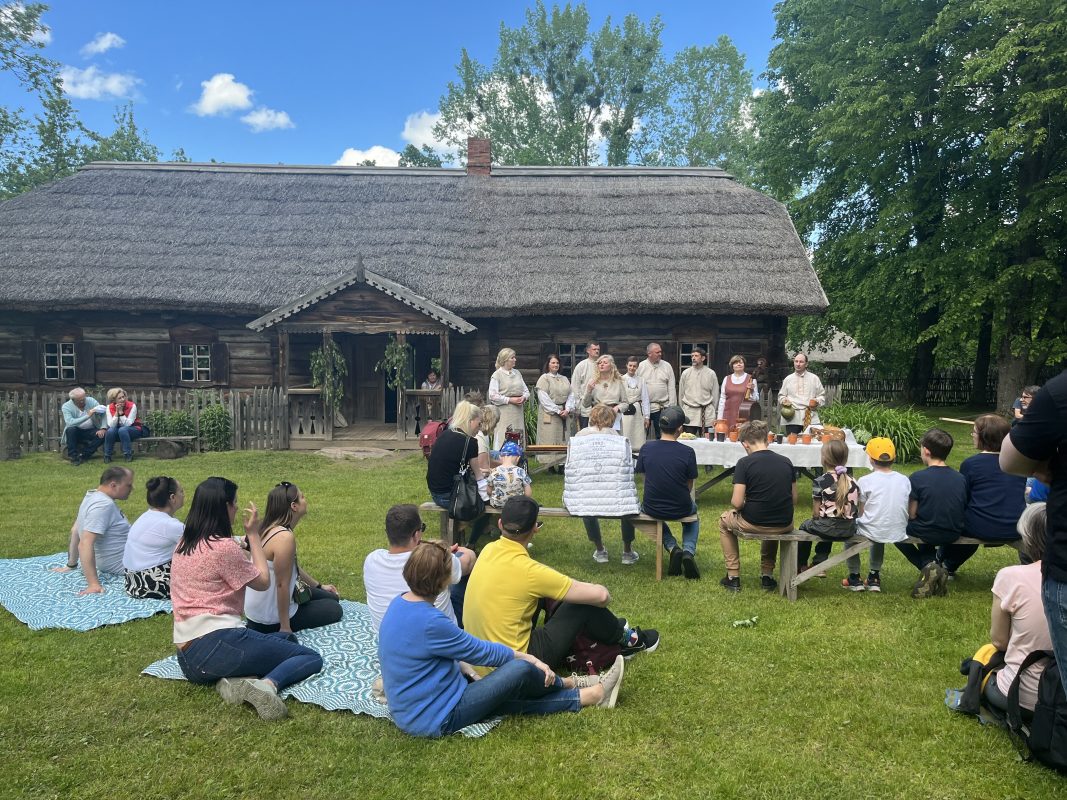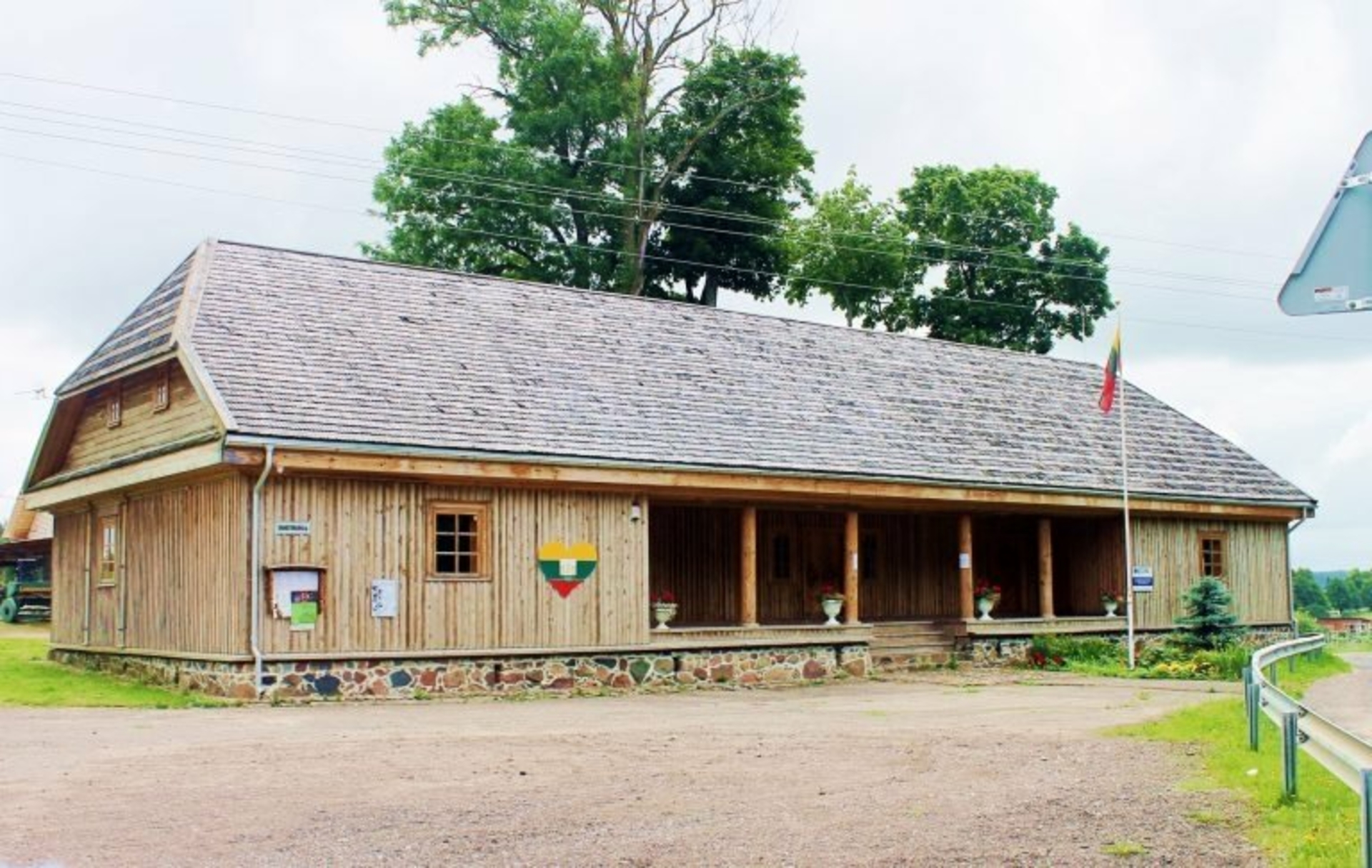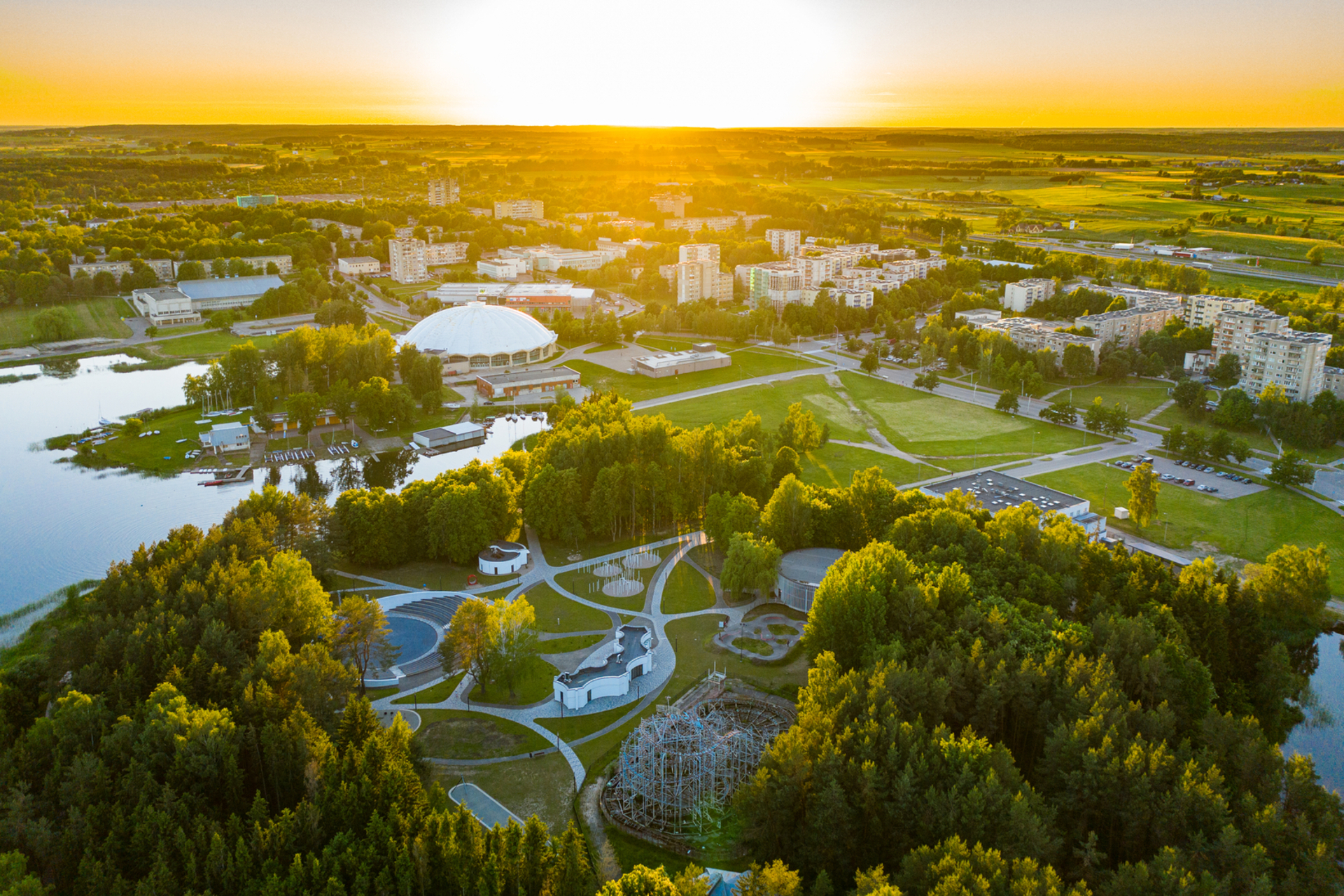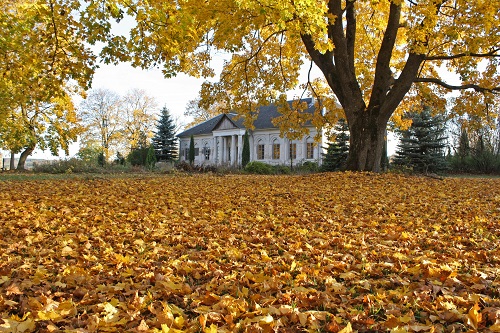Žiežmariai Manor

273

0

0
First mentioned in the 14th century as the estate of the Grand Duke of Lithuania. In the early 17th century, the manor was owned by the Radziwiłł family. By 1780, the manor complex had two brick mansions—old and new—with an orangery, and a total of about 40 residential and farm buildings. In 1795, the two Žiežmariai manor estates housed seven residents served by seven servants. In 1841, the manor was acquired by Benediktas Tiškevičius, the Marshal of the Nobility of Kaunas Governorate. By 1850, the Žiežmariai manor comprised 720.62 dessiatines of land, including the lands of Jatkonys, Bartaičiai, and Būbliai villages, as well as a land plot within the town itself.
Info
-

Manors
-
Žiežmariai
-
Whats new?
Nearby attractions
Nearest museums
Nearest entertainment

 Entertainment
Entertainment
 Food establishments
Food establishments





























 54.795618, 24.439216
54.795618, 24.439216
 Get directions
Get directions








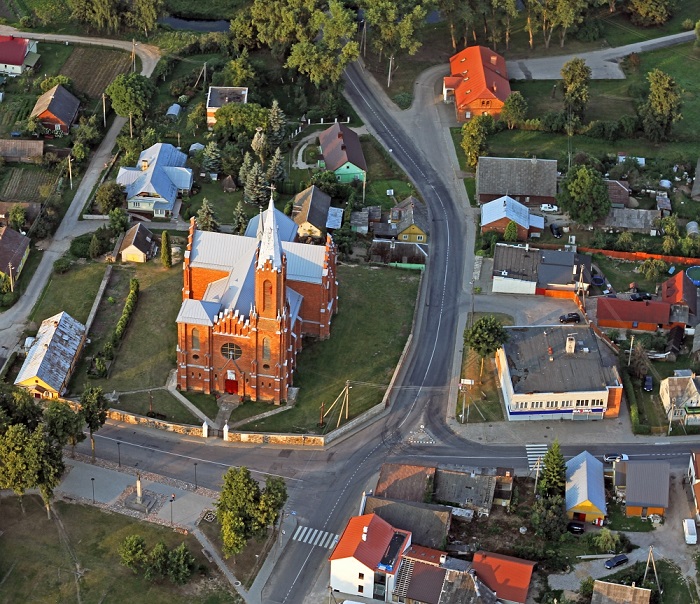

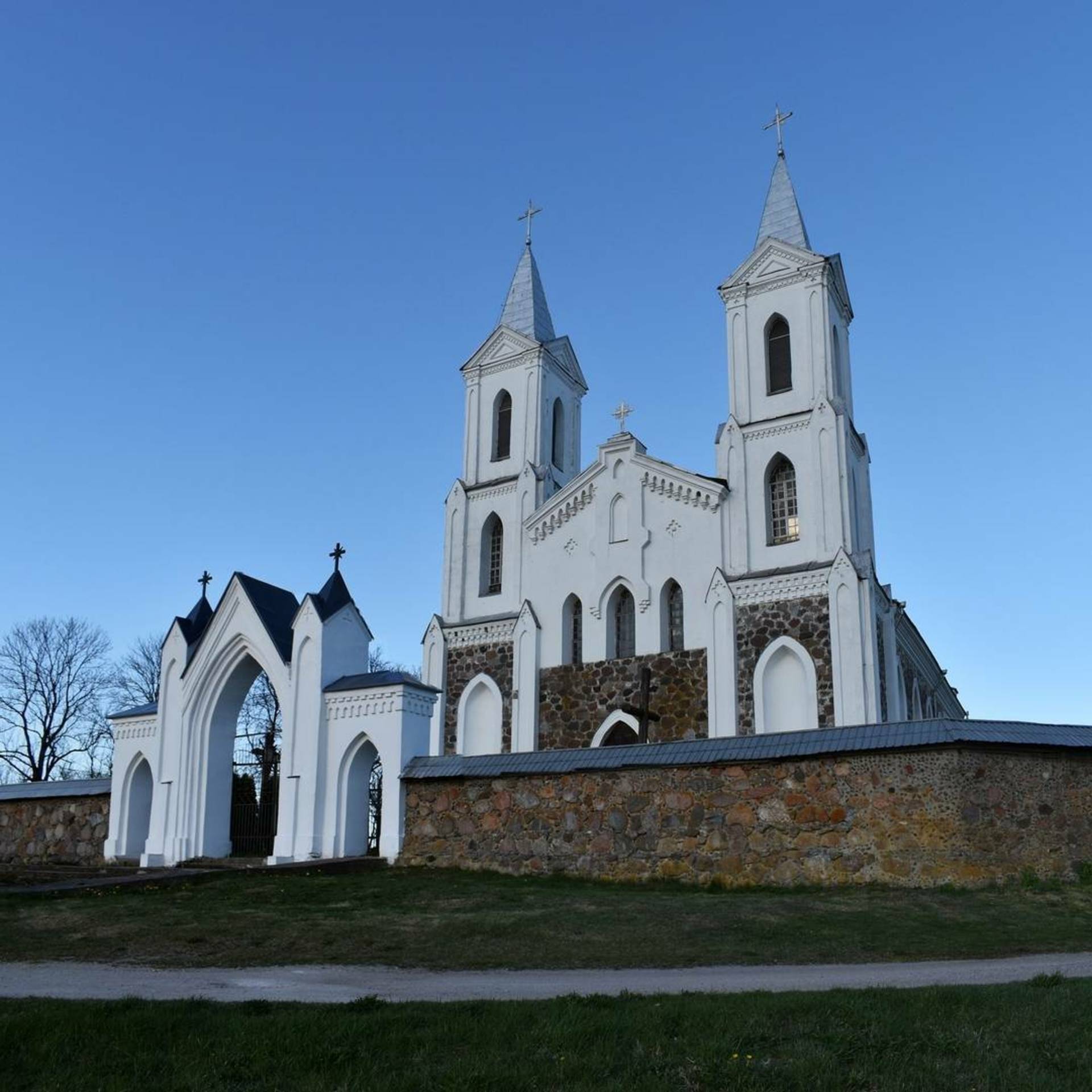

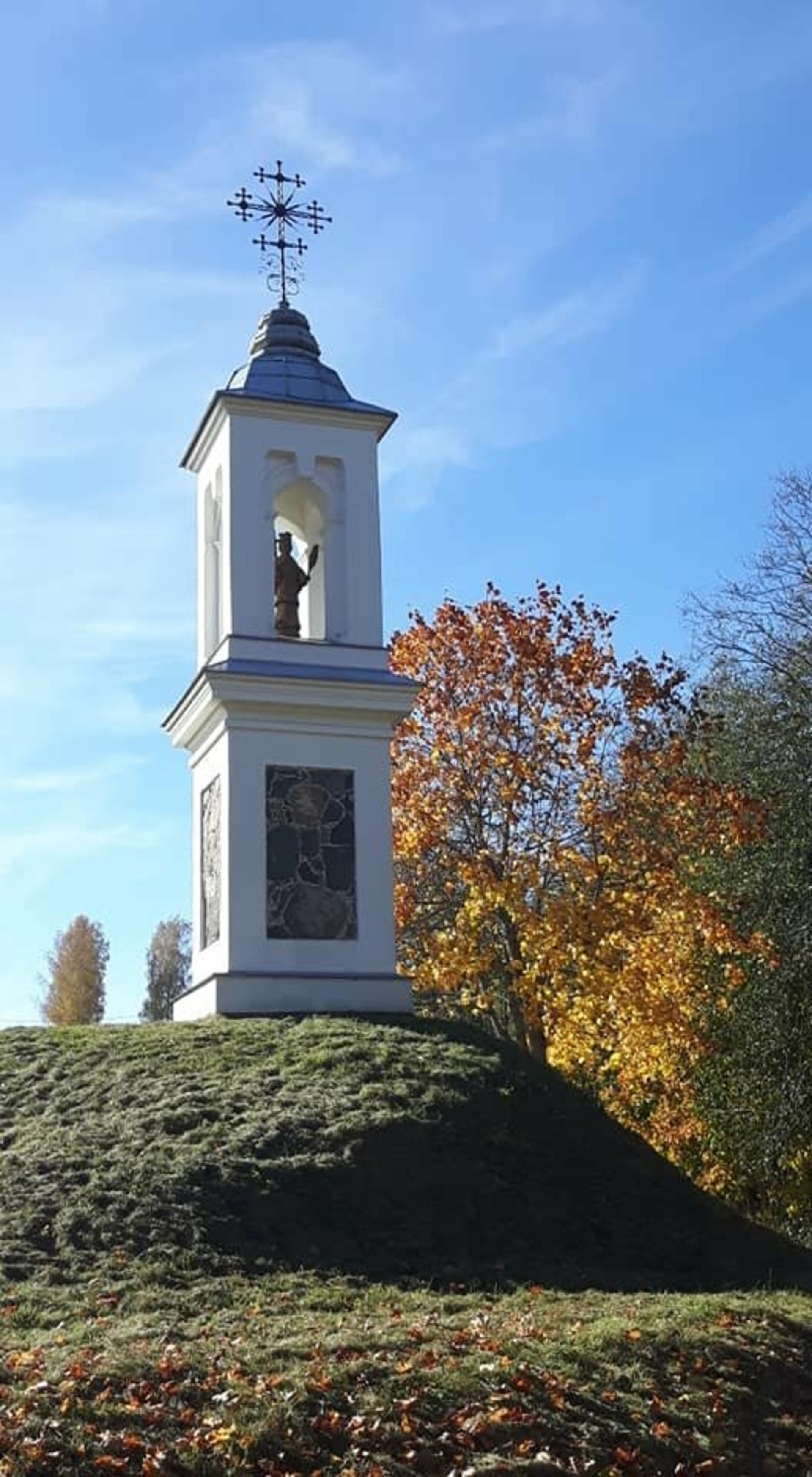
.png)
